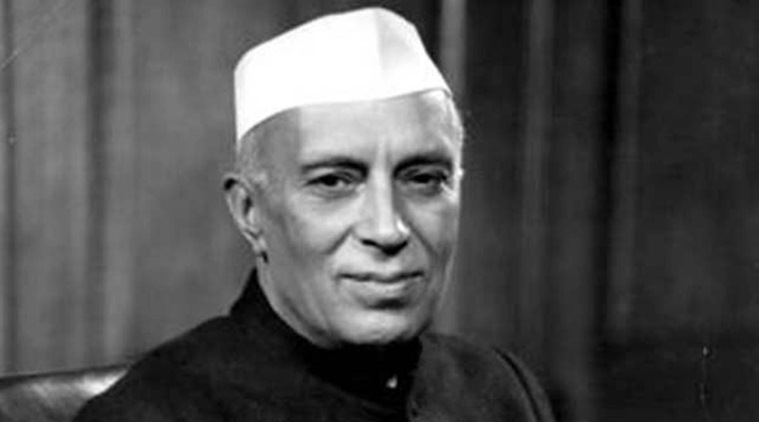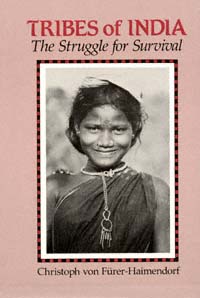For a full, higher quality, downloadable version, please see www.alanmacfarlane.com
Source: “Interview of Christoph von Fürer-Haimendorf by Alan Macfarlane, Part 1 of 3”
URL: https://www.youtube.com/watch?v=zV2aJLFU6_Y
Date Visited: 11 January 2023
“President Droupadi Murmu said that the high respect given to the women in the Naga society is demonstrated through the fact that the literacy rate among women in the state is higher than the national average, and Nagaland is considered the safest place for women in the country. […] If women are empowered, there is more development in society.” (Hindustan Times, 2 November 2022) | Learn more >>

Photo © Indian Express
Tips for using interactive maps
Toggle to normal view (from reader view) should the interactive map not be displayed by your tablet, smartphone or pc browser
For details and hyperlinks click on the rectangular button (left on the map’s header)
Scroll and click on one of the markers for information of special interest
Explore India’s tribal cultural heritage with the help of another interactive map >>
“The uniqueness of northeast states of India lies in their cultures” | Learn more >>
In Marginalised but not Defeated, Tarun Kanti Bose (a seasoned public interest journalist) “talks about the Khasis, Nagas, Karbis, Garos, Rabhas, Misings, Daflas, Bodos, Akas and others in the North-east. […] The mainstream development paradigm is being questioned and new rainbows of collective, community reassertions are happening across the tribal belt in India. More so, in most cases, led by brave, empowered and resilient women.” | Learn more: https://countercurrents.org/2023/05/book-review-marginalised-but-not-defeated >>
Up-to-date reports by Indian journalists and commentators
To search Indian periodicals, magazines, web portals and other sources safely, click here. To find an Indian PhD thesis on a particular tribal community, region and related issues, click here >>
Search tips
Combine the name of any particular state, language or region with that of any tribal (Adivasi) community.
Add keywords of special interest (music, poetry, dance just as health, sacred grove and biodiversity); learn about the rights of Scheduled Tribes such as the “Forest Rights Act” (FRA); and the United Nations “Declaration on the Rights of Indigenous Peoples”, “Universal Declaration of Human Rights”, “women’s rights”, or “children’s right to education”.
Ask a question that includes “tribal” or “Adivasi”, for instance: “Adivasi way of life better?” (or “tribal way of life worse?”)
Specify any particular issue or news item (biodiversity, bonded labour and human trafficking, climate change, ecology, economic development, ethnobotany, ethnomedicine, global warming, hunter-gatherers in a particular region or state, prevention of rural poverty, water access).
For official figures include “scheduled tribe ST” along with a union state or region: e.g. “Chhattisgarh ST community”, “Himalayan tribe”, “Scheduled tribe Tamil Nadu census”, “ST Kerala census”, “Particularly Vulnerable Tribal Group Jharkhand”, “PVTG Rajasthan”, “Adivasi ST Kerala”, “Adibasi ST West Bengal” etc.
In case the Google Custom Search window is not displayed here try the following: (1) toggle between “Reader” and regular viewing; (2) in your browser’s Security settings select “Enable JavaScript” | More tips >>
Note: hyperlinks and quotes are meant for fact-checking and information purposes only | Disclaimer >>

University of California >>
Free eBook (PDF) >>
Summary & Contents >>
- “A great deal of things could be learnt from their culture”: Nehru and his assurance that tribes may “develop on the lines of their own genius
- Christoph Fürer-Haimendorf
- Martial arts
- National development and the development of tribal communities are linked
- Sacrifice
- Take a virtual journey across India